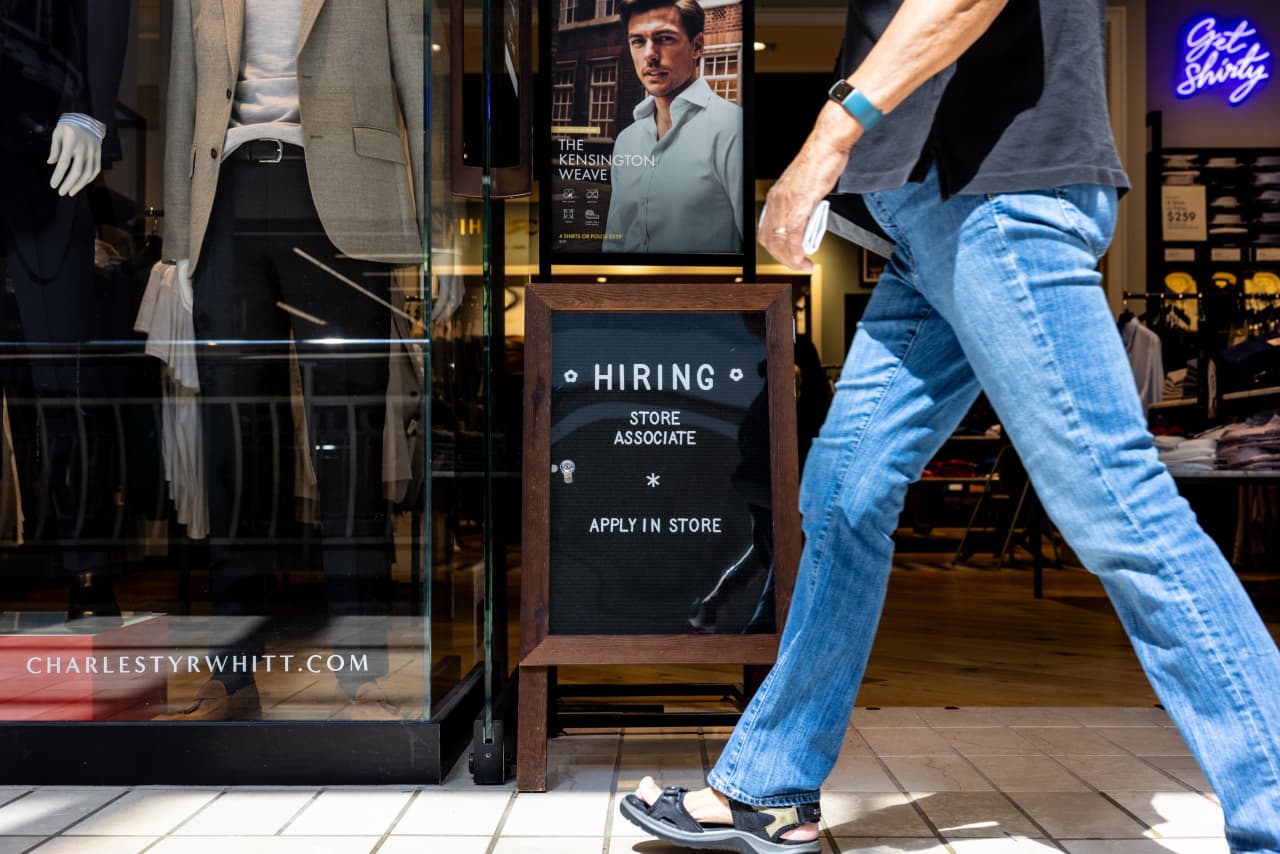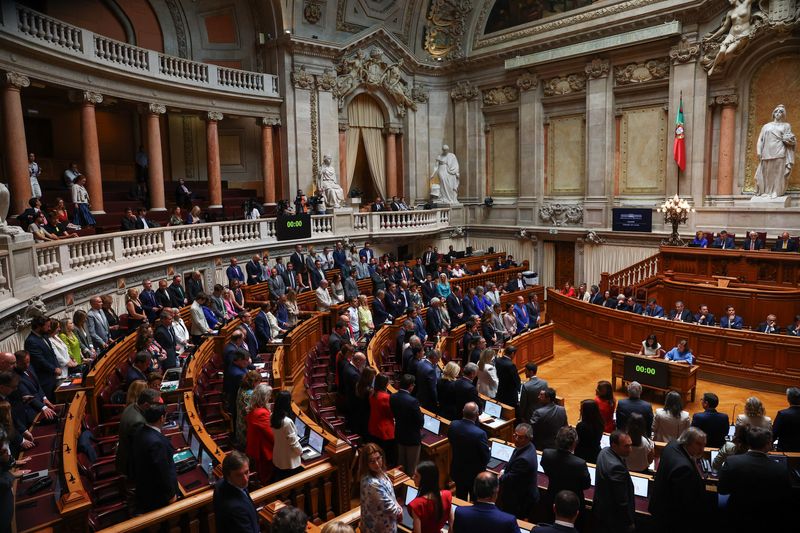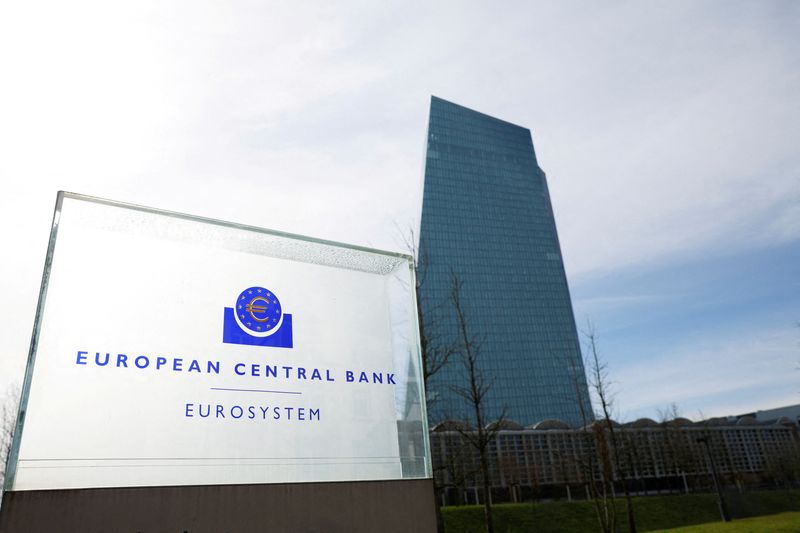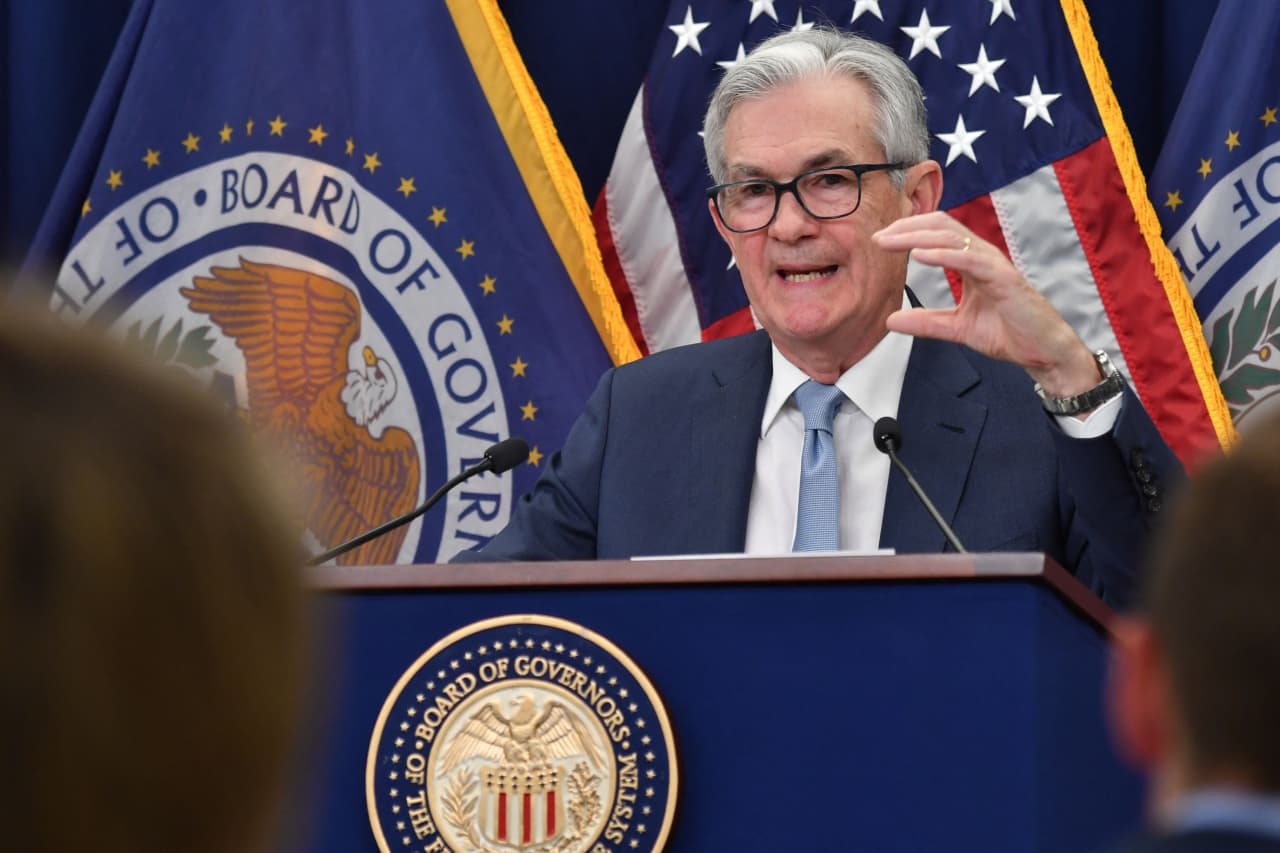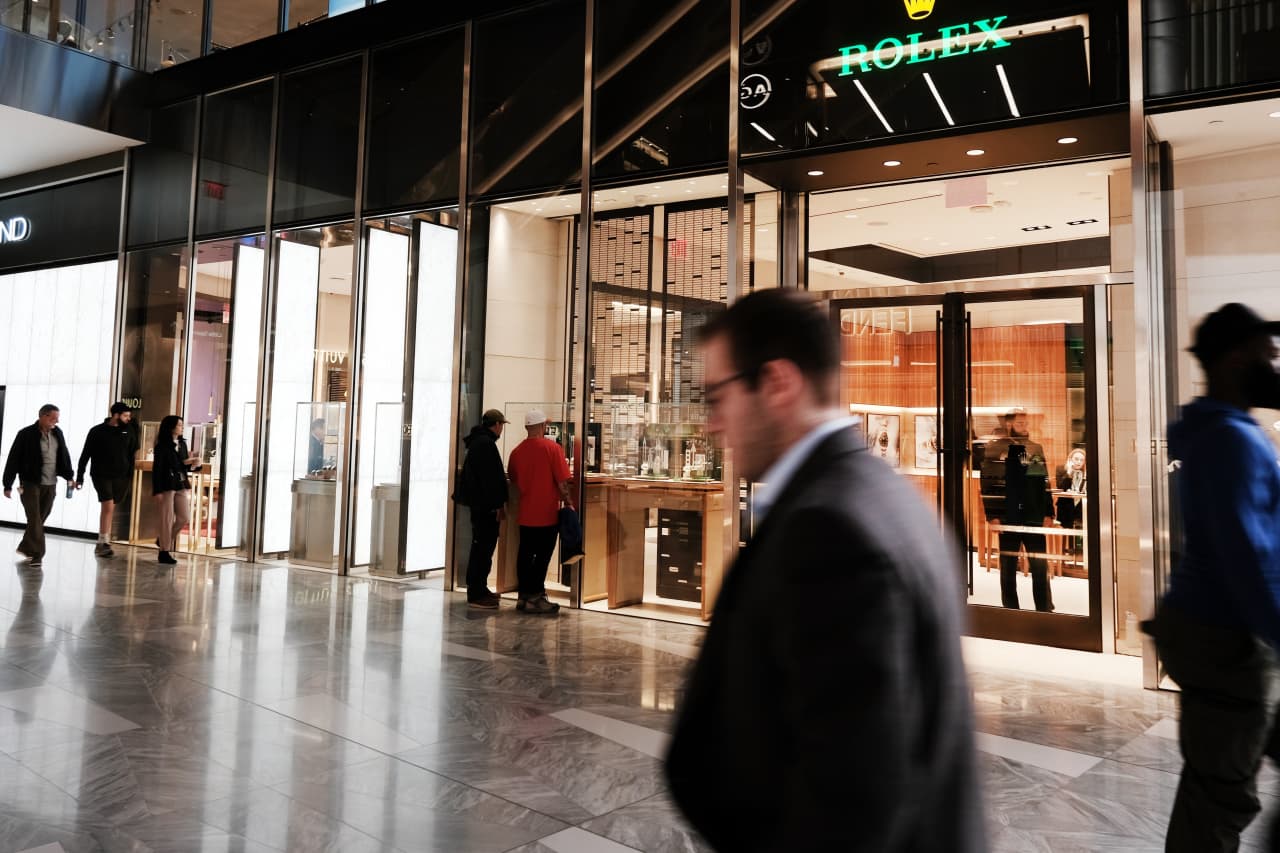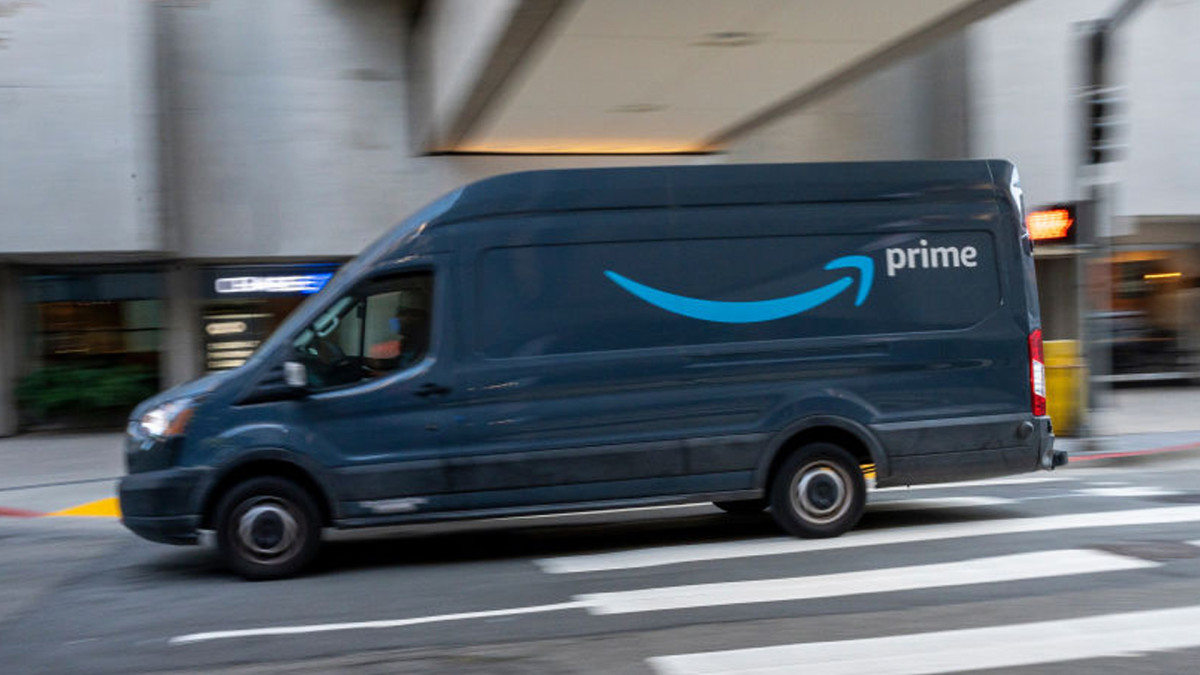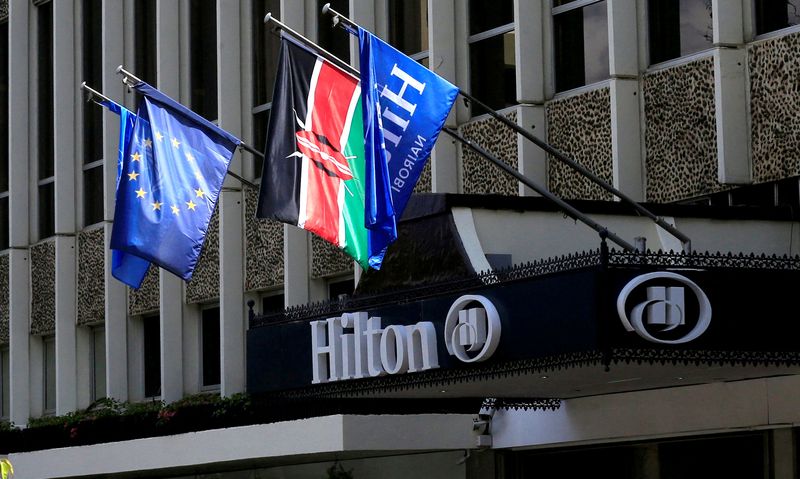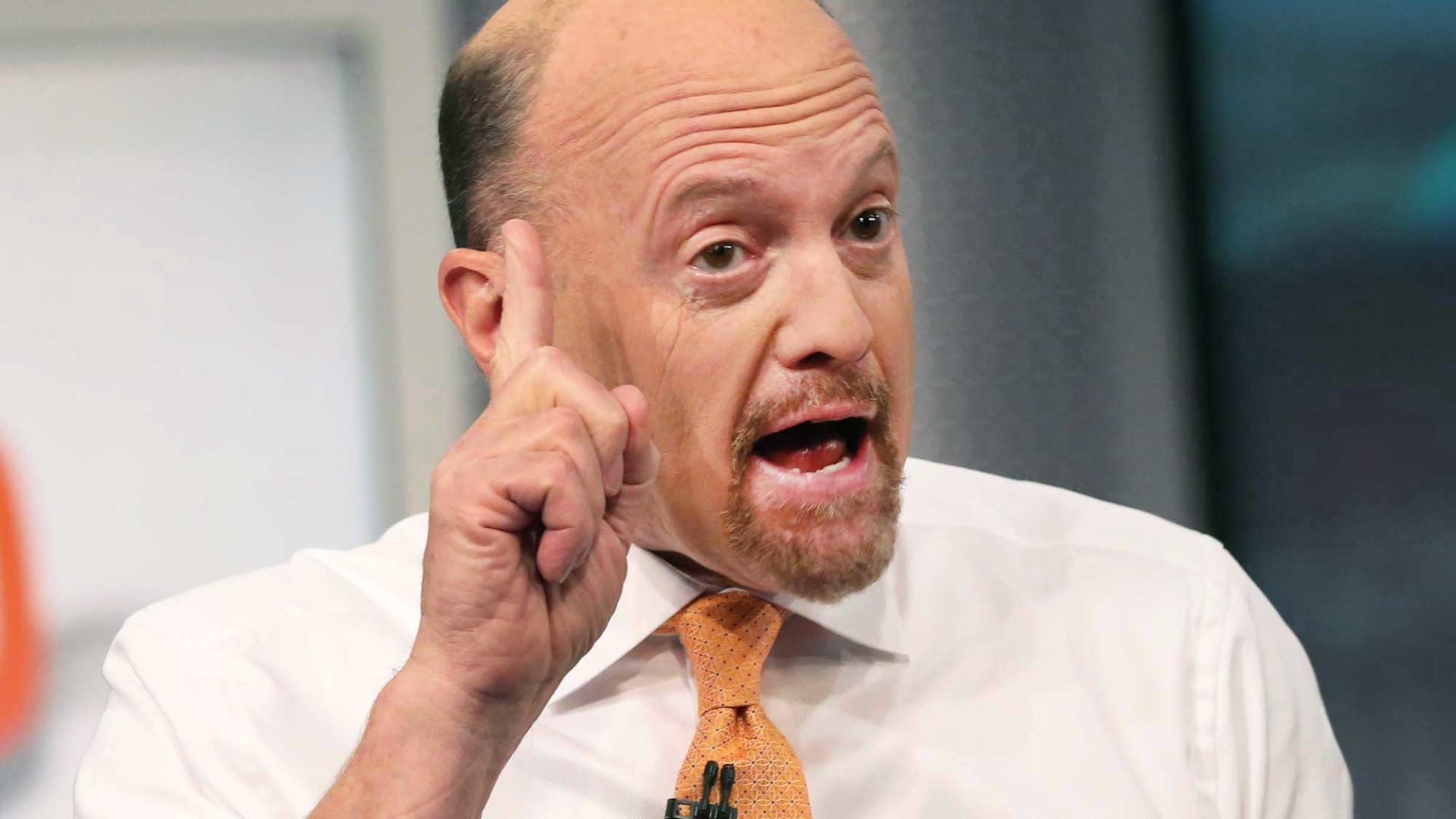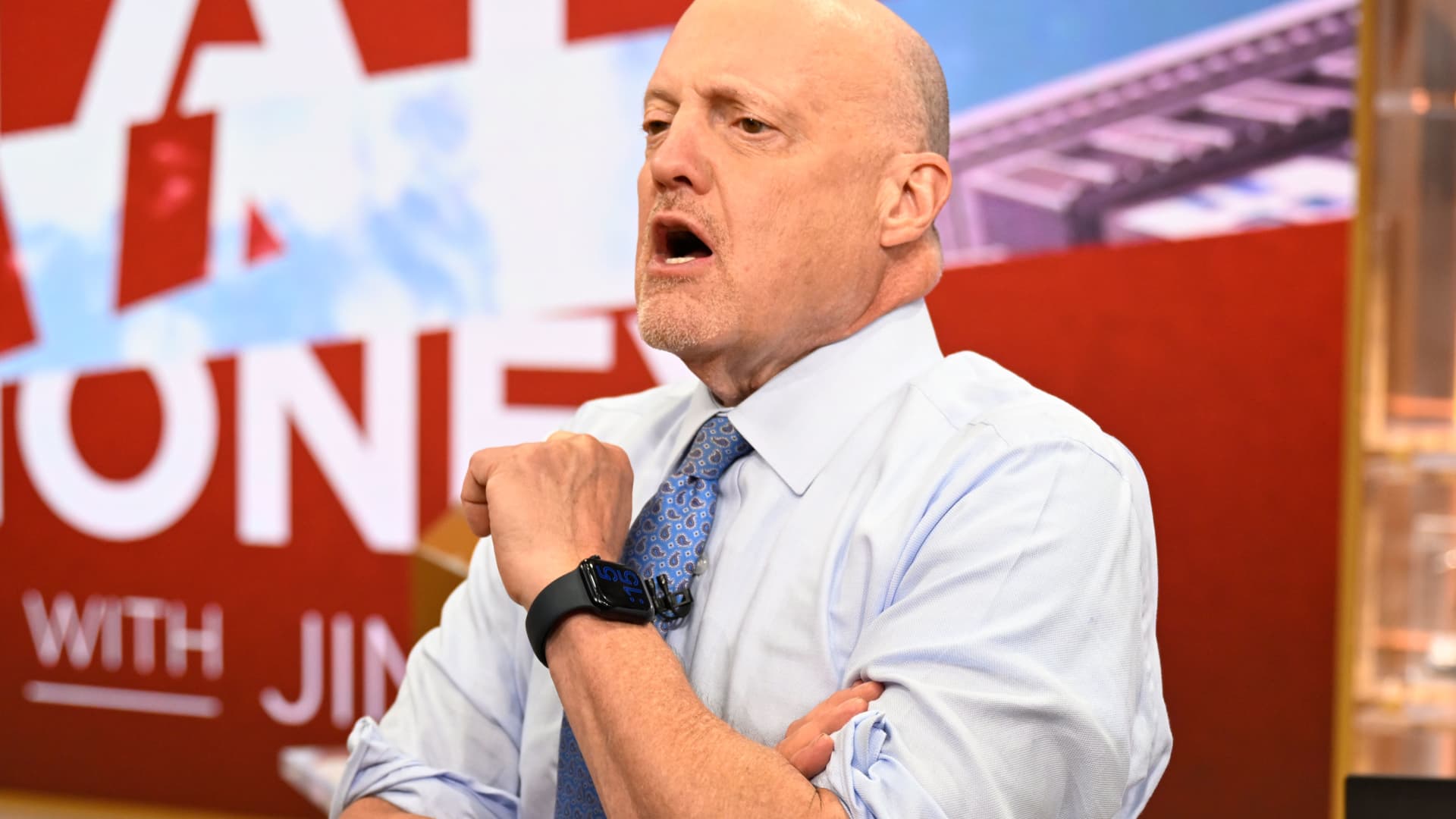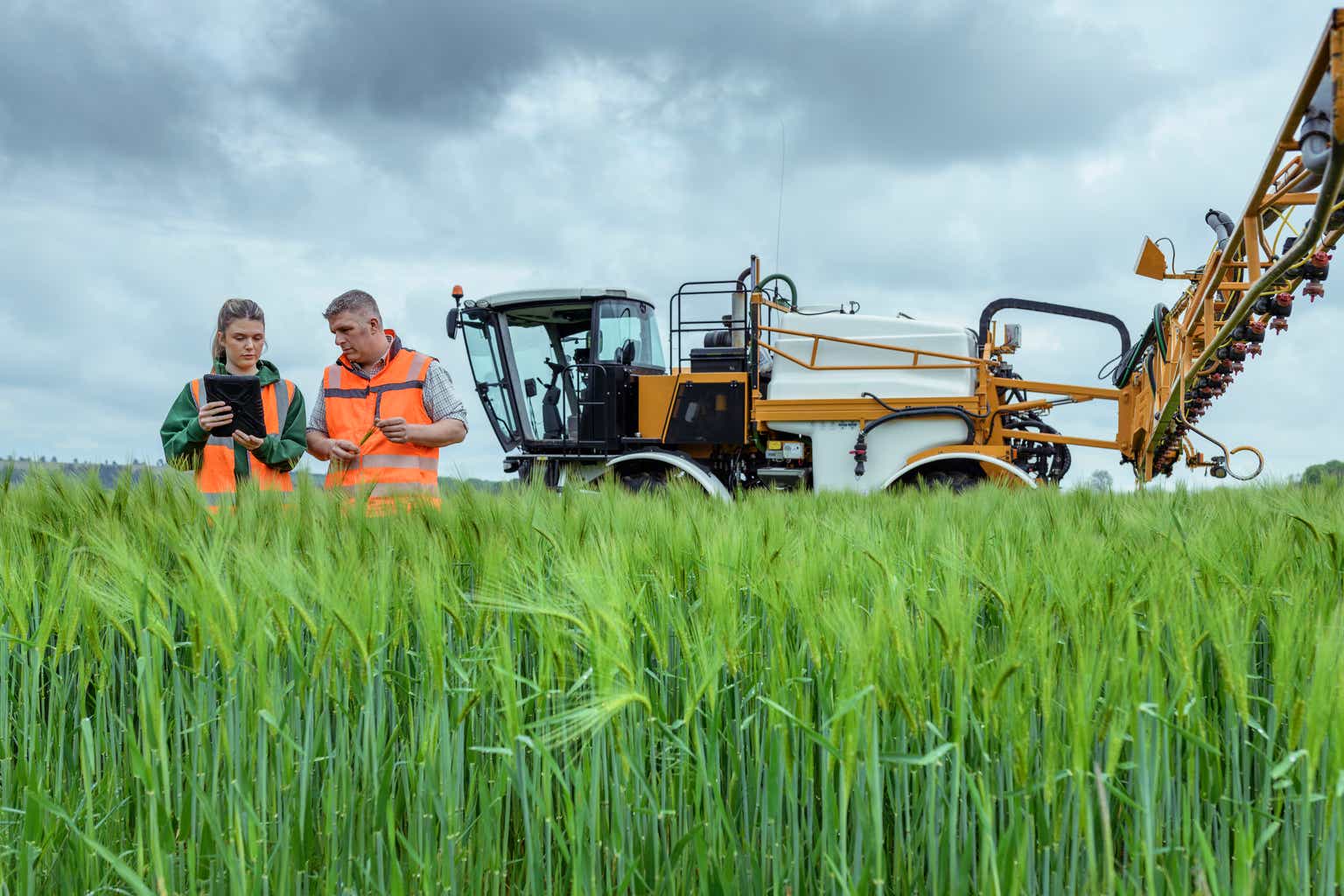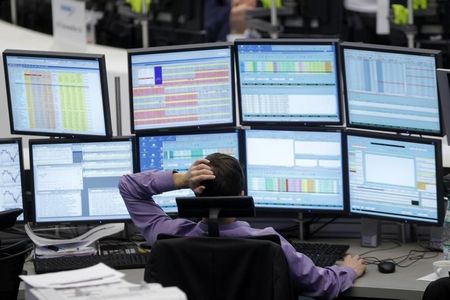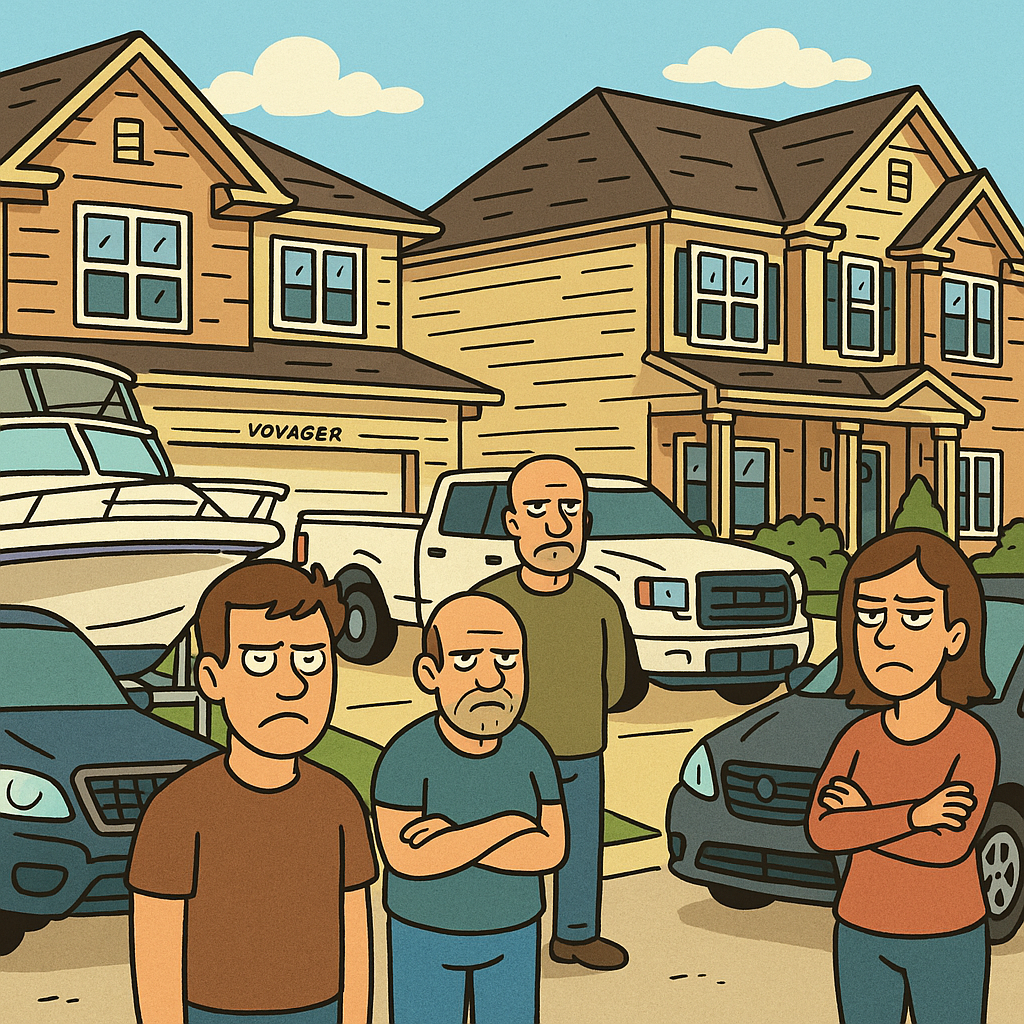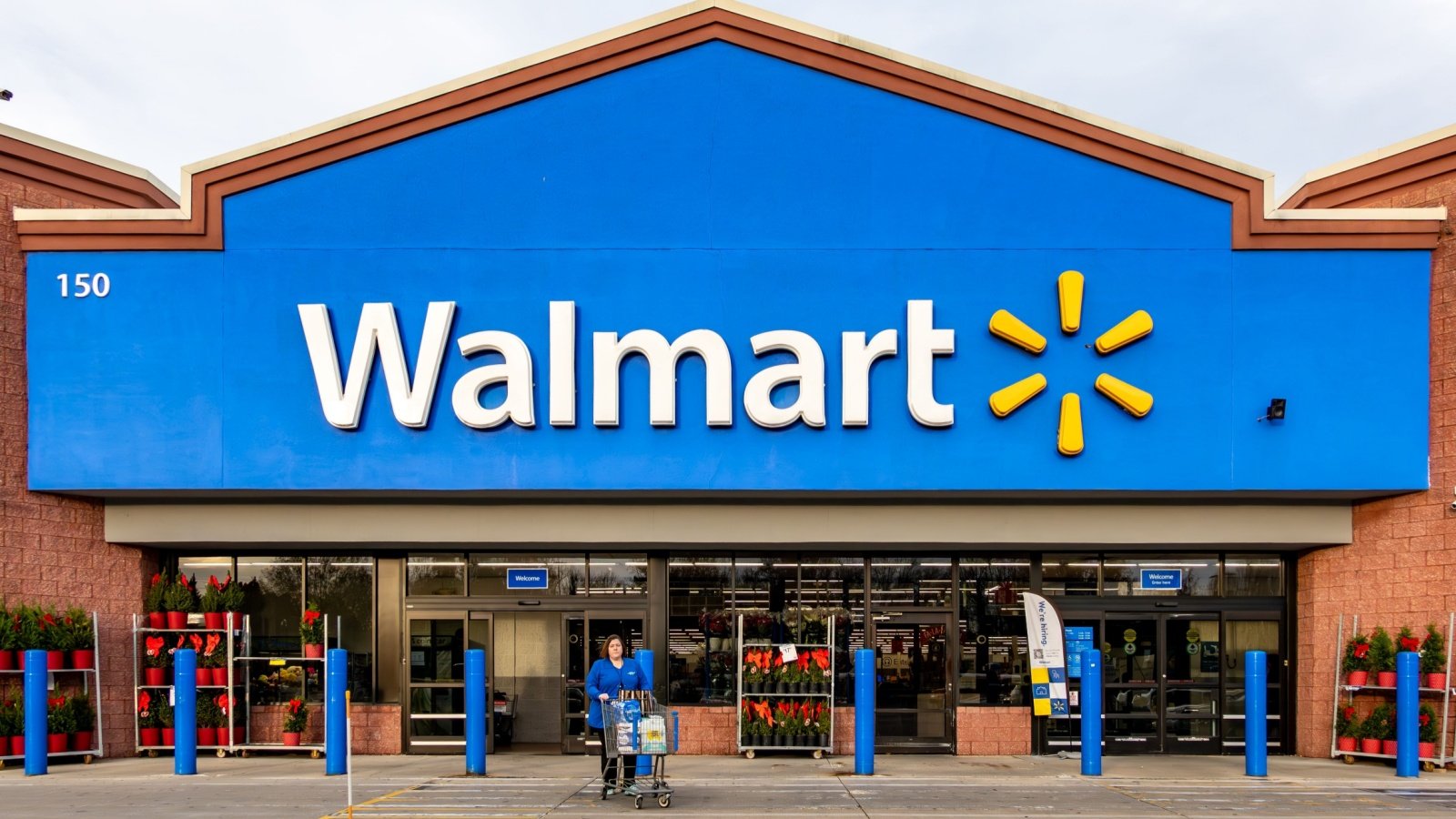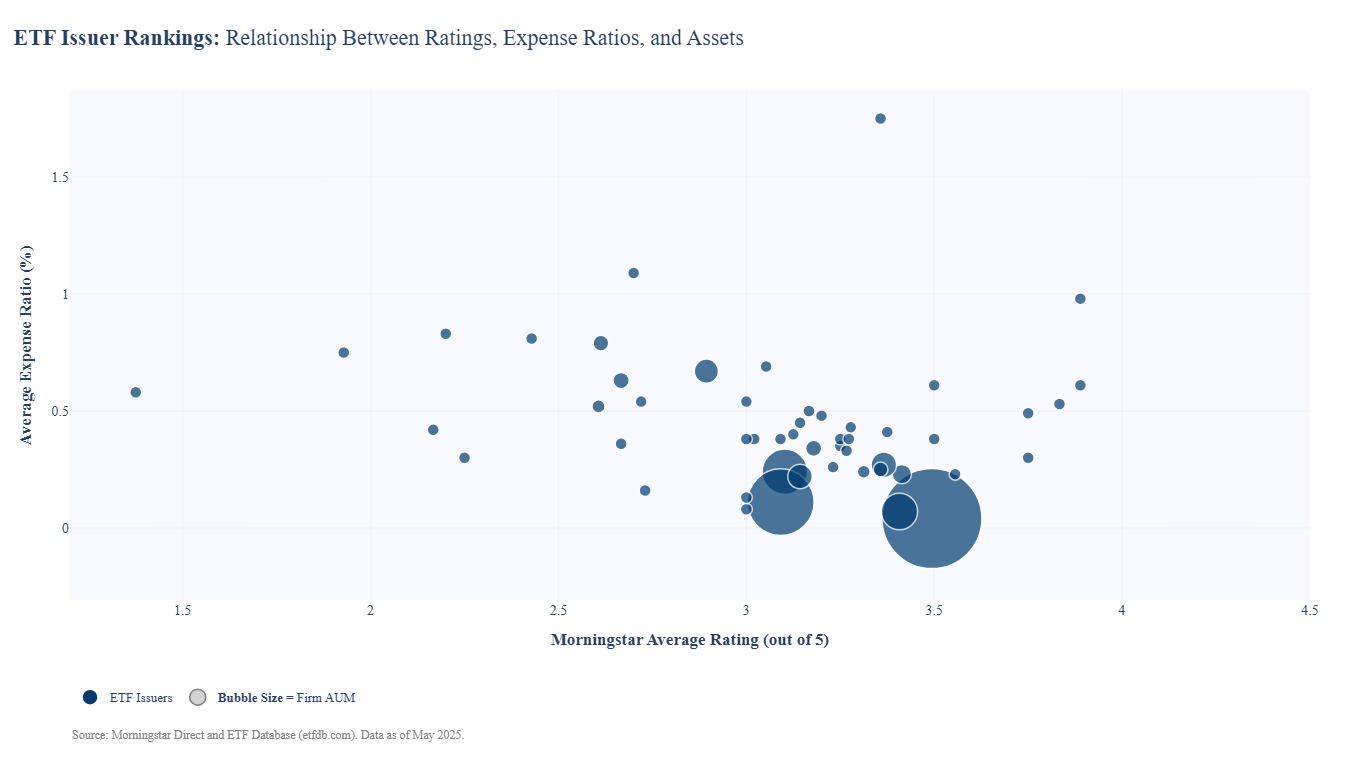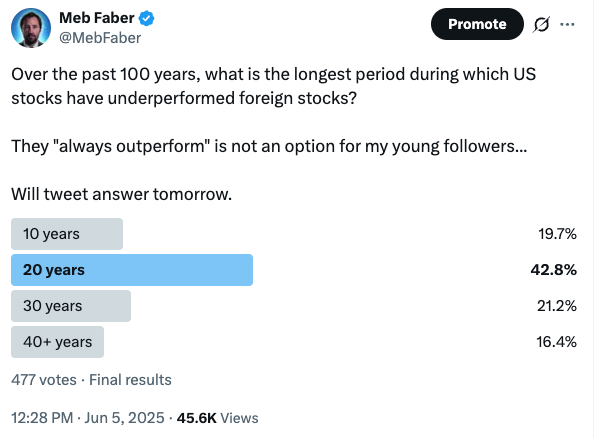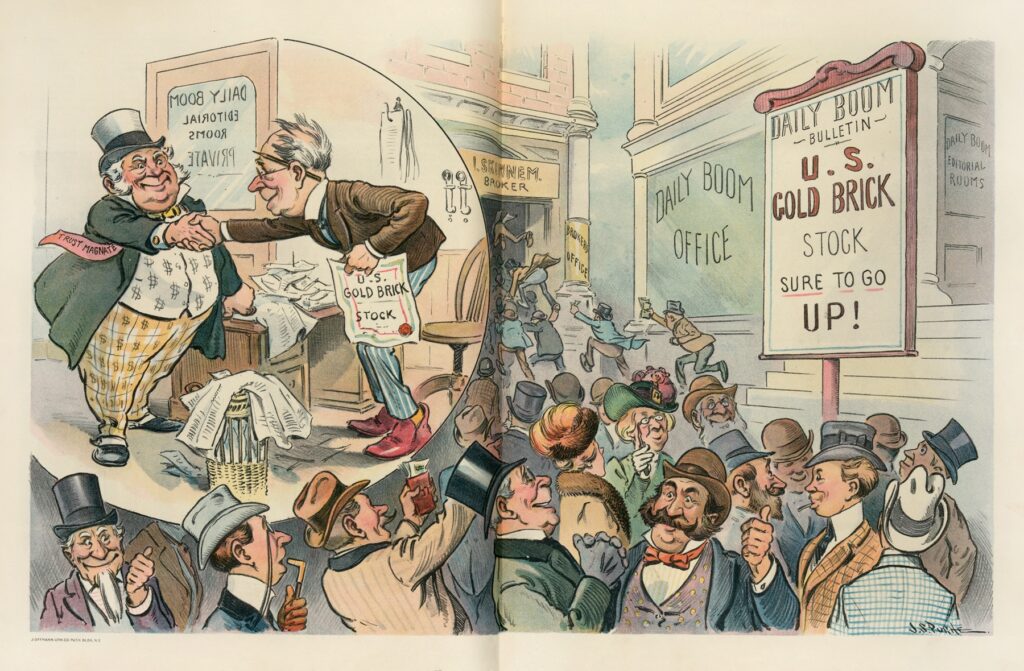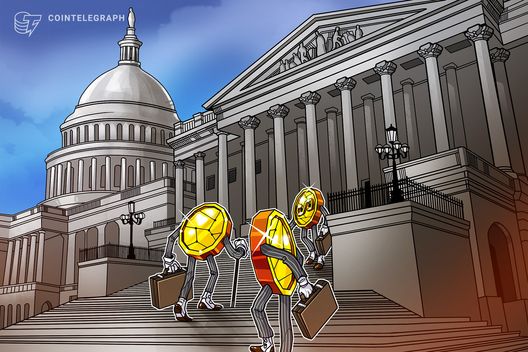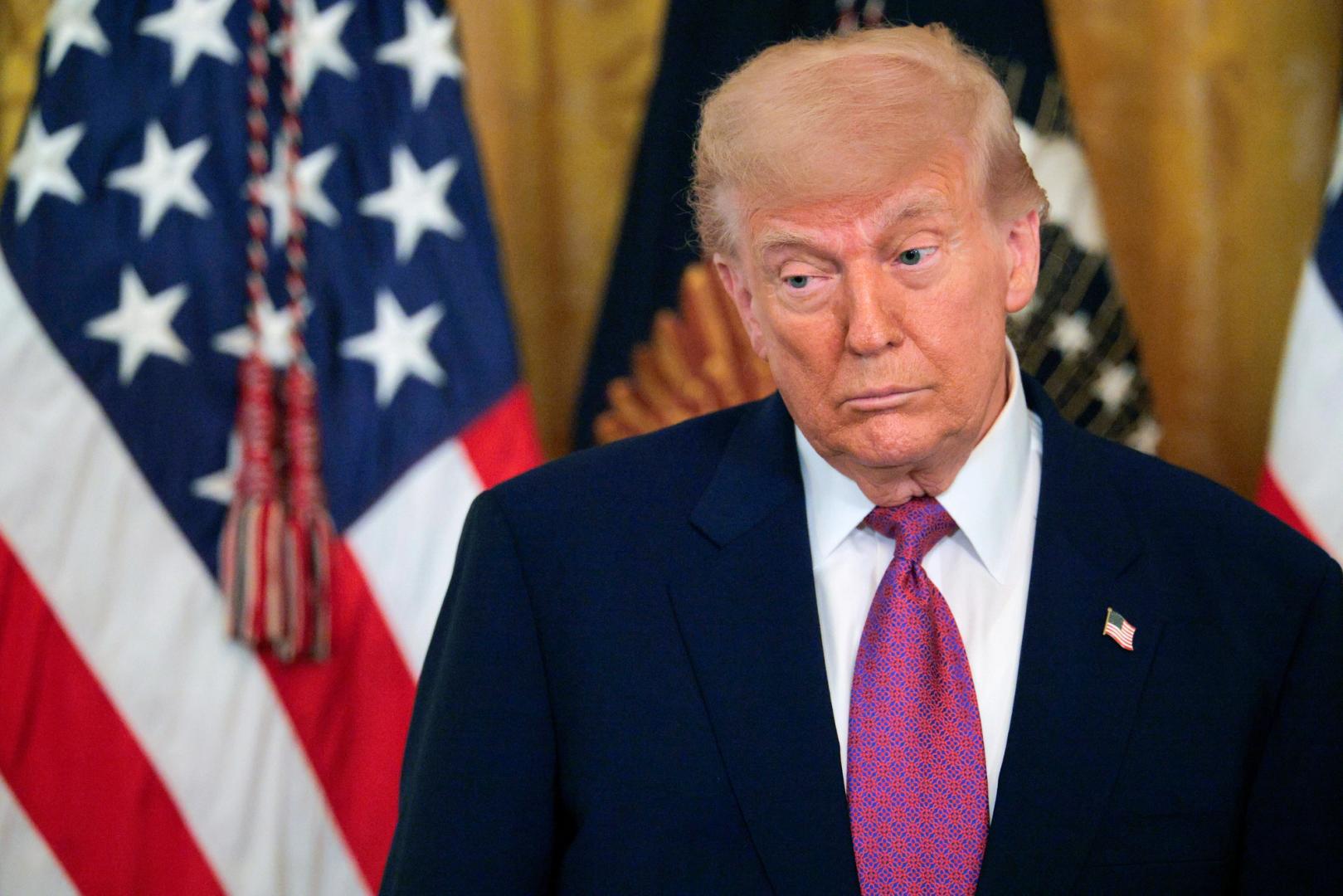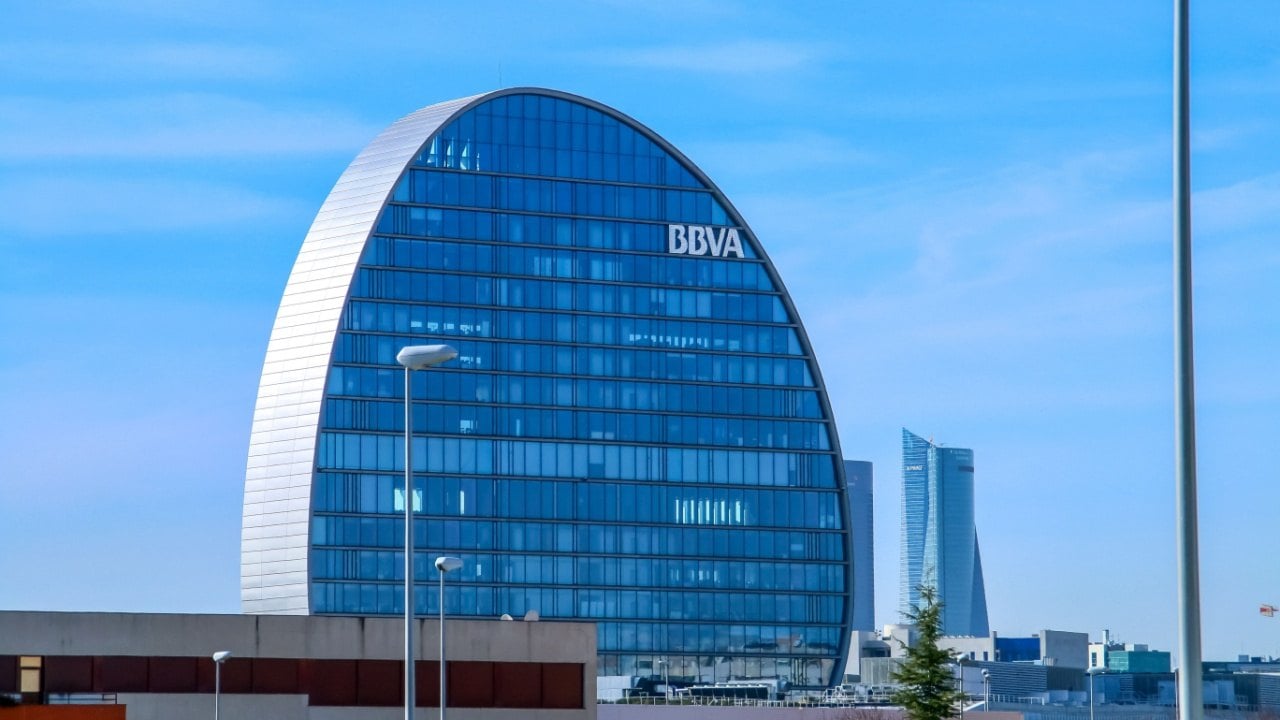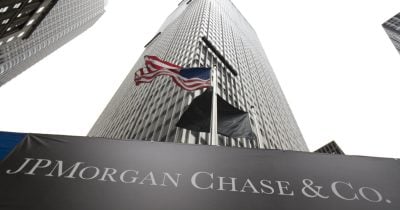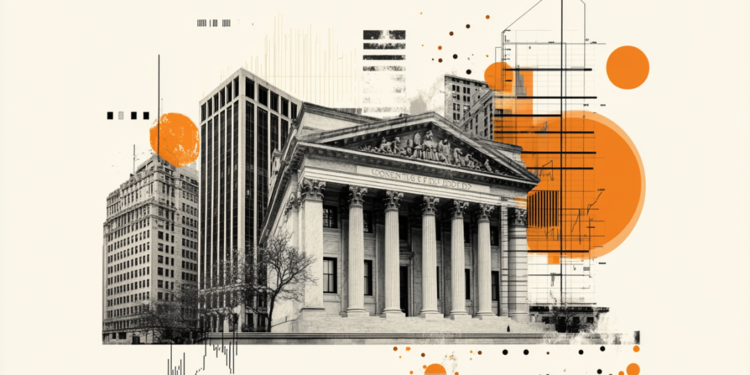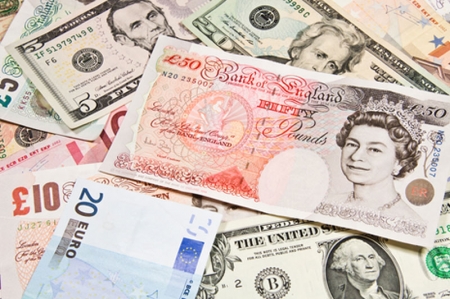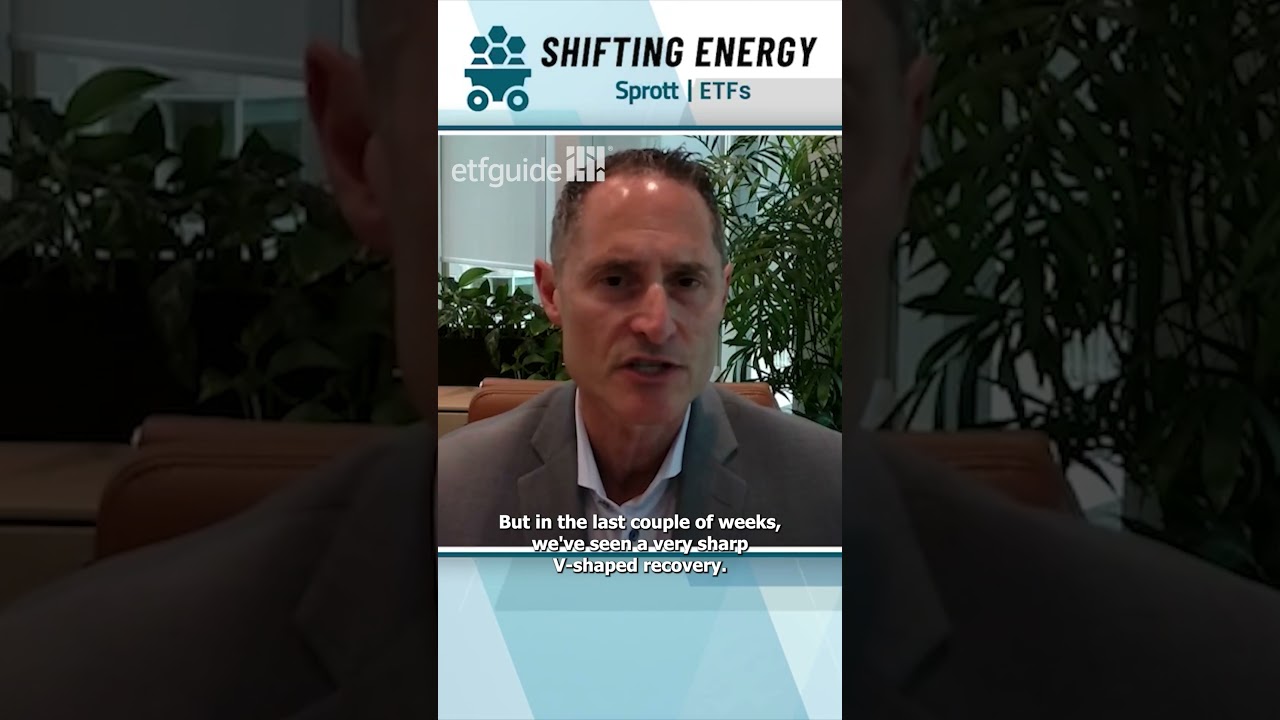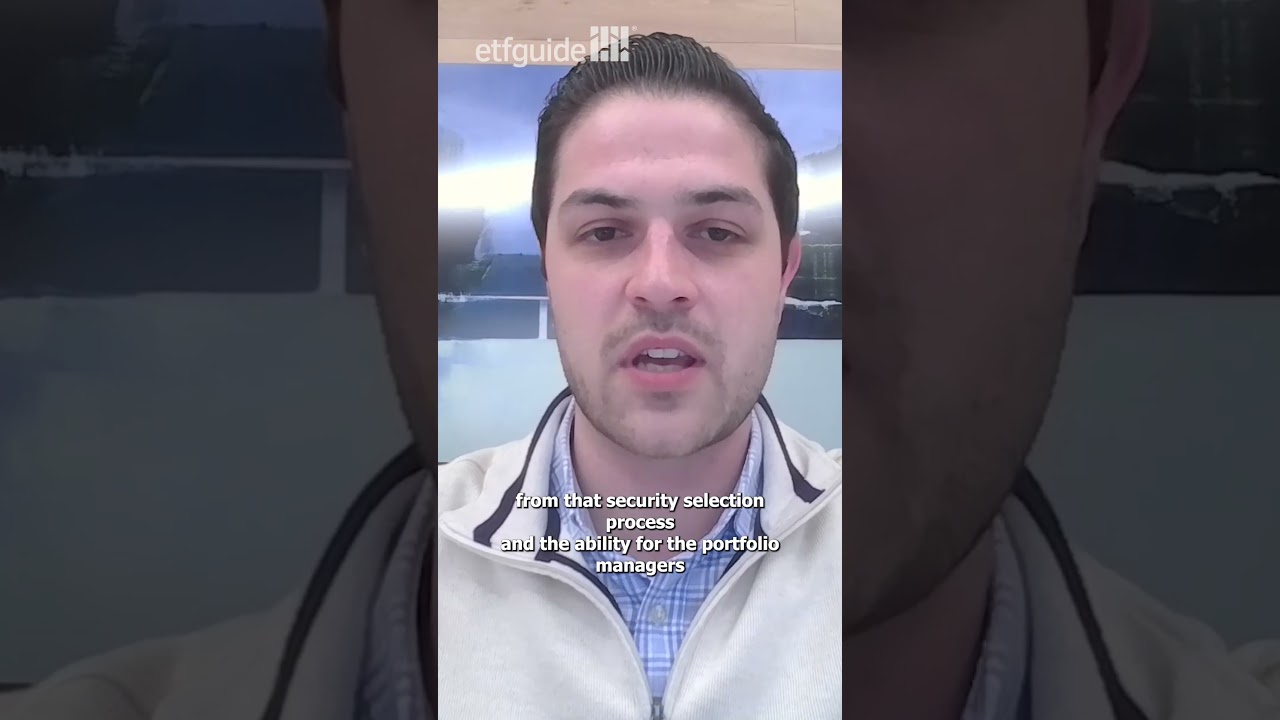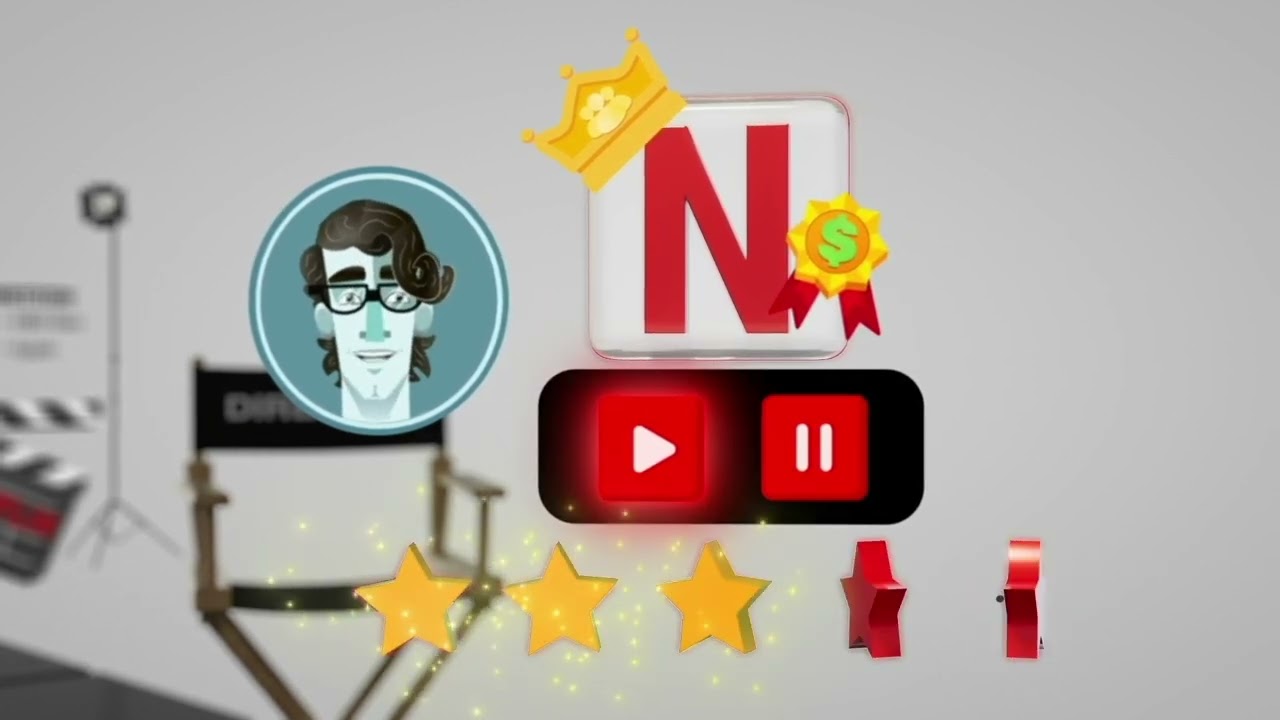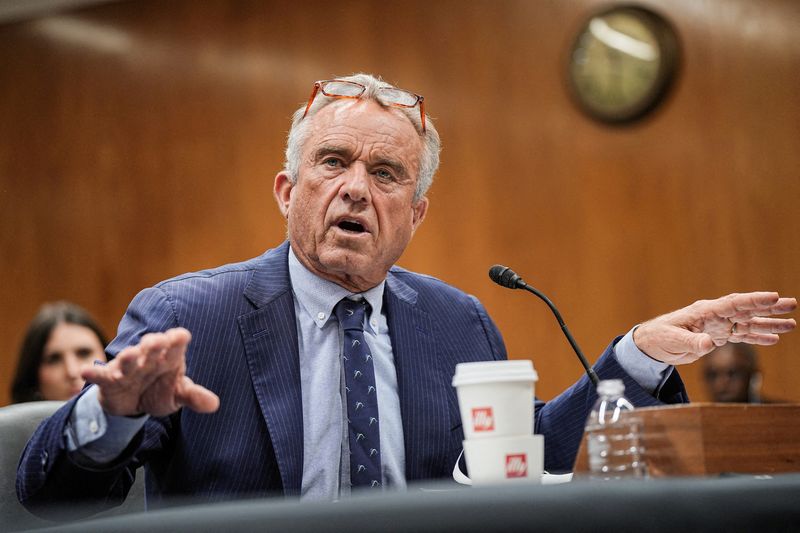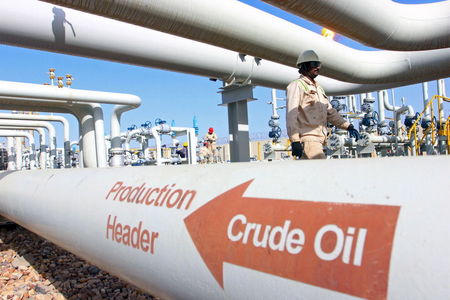Autodesk CEO fights declining employee optimism around AI
Also: All the news and watercooler chat from Fortune.

- In today’s CEO Daily: Diane Brady talks to Andrew Anagnost, CEO of Autodesk.
- The big story: Trump threatens to assassinate Iranian supreme leader.
- The markets: Mixed and volatile ahead of the Fed.
- Analyst notes from Oxford Economics on China lowering tariffs for Africa, Pantheon on slowing U.S. home sales, EY-Parthenon on retail sales, and Macquarie on the weak dollar.
- Plus: All the news and watercooler chat from Fortune.
Good morning. The use case for AI is not always obvious in the here and now. Sixty-nine percent of the customers surveyed in Autodesk’s latest State of Design and Make report said they think AI is going to enhance their industry—but that’s actually a 12% drop from 2024.
“A year ago, it was like, oh my God, it’s going to change everything,” Andrew Anagnost, CEO of Autodesk, recently told me. “Now, they’re less optimistic about it changing their industry.”
Autodesk formed in 1982 for the launch of AutoCAD, which transformed architecture’s reliance on hand-drawn images to computer-aided design. But today, the architecture, engineering and construction industry spends less than a third of what the manufacturing sector spends on technology.
Who can blame them? Change comes slow in architecture. Few industries are as bogged down in a complex mix of permits, materials, stakeholders, talent, regulations, and politics, which all need to be aligned, to get things done. More generally, only a minority of white-collar workers—27%—say they use AI at least weekly, according to Gallup. Only 9% of blue-collar workers say the same.
So a key part of Anagnost’s strategy is to be an AI evangelist, preaching the use-cases and joy to customers. That includes trying to inspire people on the front lines with a vision of how much more “interesting, fulfilling and exciting” their work can now be.
“It’s not just people sitting in a dark room, building three models on computers in dark mode. People on the construction site and inside the factory are working differently, planning differently,” he said.
One note: In writing about Cushman & Wakefield CEO Michelle MacKay yesterday, I said former CEO John Forrester convinced her to leave the board to become COO when it was Forrester’s predecessor Brett White. Apologies for the mistake. More news below.
Contact CEO Daily via Diane Brady at diane.brady@fortune.com
This story was originally featured on Fortune.com
